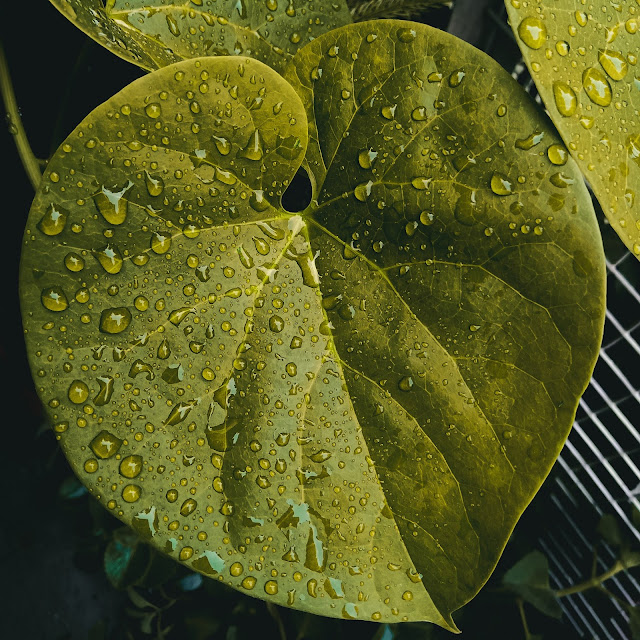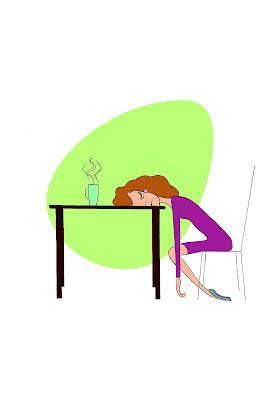Ayurvedic perspective on Varicose Veins
Varicose veins or varicosities are a very common condition especially in women. Here is a brief description on varicosities and its Ayurvedic perspectives and treatments. Varicose veins are enlarged swollen and twisted veins often occur in legs and feet. It occurs when the venous valves become weak or damaged causing blood to collect in veins, instead of flowing effectively towards the heart against gravity.
Symptoms
- Aching pain and heaviness in legs.
- Throbbing, burning sensation and muscle cramping.
- Itching around one or more veins.
- Worsened pain after sitting or standing for a long period.
- Hardening of veins.
- Red or darkened discoloration of the skin around the painful area.
- Veins that appear swollen and twisted.
Causes and risk factors
- Age - As age advances, veins lose their elasticity and venous valves become weak.
- Pregnancy.
- Hormonal changes during pregnancy, pre-menstruation and menopause.
- Family history.
- Obesity.
- Standing or sitting for a prolonged period.
Complications
- Bleeding from varicose veins.
- Blood clots.
- Inflammation of skin or skin ulcers near varicosities..
- Chronic venous insufficiency
Self-care treatments
- If you are obese, try to reduce weight.
- Consume a healthy diet rich in fiber content. Reduce salt and fatty foods.
- Simple exercises like walking.
- Try to keep the legs elevated when sitting or lying down.
- Avoid sitting or standing for prolonged time.
- Wear compression stockings.
- Avoid alcohol.
Ayurvedic management for Varicose vein
In Ayurveda, diagnosis and treatment for varicose veins are similar to Siragranthi (Peripheral vascular disease). There are close similarities between the clinical features of Siragranthi and varicosity. According to Ayurveda, Vata is responsible for the occurrence of Siragranthi. In a person, who is weak, indulging in more physical activities, Vata gets aggravated and invades the network of veins. It leads to damage or weakness of valves or walls and causes round swelling on the vein. When blood gets collected in veins, instead of proper blood flow, vitiation of Pitha dosha also happens.
Treatments in Ayurveda
- Vatanulomana - Vata is one of the main doshas involved here and causes obstruction. So treatment of Vata dosha is necessary to minimize the stress due to varicosity.
- Oleation and sweating therapy are beneficial, since they facilitate blood circulation. These therapies also help to alleviate pain and heaviness. Upanahasweda is a type of Ayurvedic sweating therapy used in the treatment of varicosity.
- Tailapana - Certain oils are recommended to use internally.
- Pratiloma Abhyanga - Massage in the opposite direction without undue pressure. For example, when a patient has varicosity in legs, the direction of massage will be from toes to hip.
- Raktamokshana (Blood letting therapy) - It is a panchakarma procedure used for blood purification. It is usually recommended in the case of vitiated Rakta (Blood) and Pitha dosha. To do this procedure, either leech therapy (Jalookavacharanam) or needles (Siravedha) are used.
Few herbs useful in Varicose veins.
1. Tinospora cordifolia
2. Boerhavia diffusa
3. Rubia cordifolia
4. Solanum indicum Linn.
Tinospora cordifolia
Boerhavia diffusa
Rubia cordifolia
Solanum indicum Linn.
Commonly used medicines for varicosity are the following.
- Kaisoraguggulu Tablet
- Manjishtadi kashayam
- Sahacharadi kashayam
- Valiya Sahacharadi thailam for external oil application .
- Pinda thailam for external application.
- Bala tailam for internal use.
These medicines help to minimize symptoms and strengthen the muscles and blood vessels. Before taking any medications internally, you should consult an ayurvedic practitioner.










Comments
Post a Comment